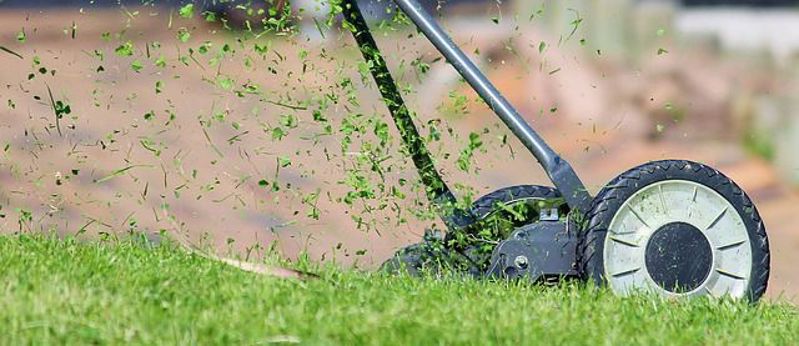A well-maintained lawn not only enhances the beauty of your home but also provides a comfortable space for outdoor activities. However, maintaining a lawn requires time, effort, and dedication. In this article, we'll provide a guide on how to maintain your lawn and keep it looking lush and healthy. With a Lowes Discount Coupon from We Are Coupons you can have the perfect lawn for less.
Mowing
Mowing is an essential part of lawn maintenance, as it helps to keep the grass healthy and encourages new growth. Set the mower blades to the appropriate height, depending on the type of grass you have. As a general rule, cool-season grasses should be mowed at a height of 2-3 inches, while warm-season grasses should be mowed at a height of 1-2 inches. Don't cut more than a third of the grass blade length at once, as this can damage the grass and cause it to turn brown.
Watering
Watering is another important aspect of lawn maintenance, as it helps to keep the grass hydrated and healthy. Water your lawn deeply, but less frequently, to encourage deep root growth. The best time to water your lawn is early in the morning, as this allows the grass to absorb the water before the sun becomes too hot. Avoid watering your lawn in the evening, as this can promote the growth of fungus and other diseases.
Fertilizing
Fertilizing your lawn is essential for providing it with the necessary nutrients to grow and thrive. Use a slow-release fertilizer that's appropriate for your type of grass and apply it according to the manufacturer's instructions. Over-fertilizing can damage the grass and cause it to grow too quickly, leading to the need for frequent mowing.
Aerating
Aerating your lawn helps to loosen compacted soil and allows air, water, and nutrients to reach the roots of the grass. You can use a manual or powered aerator to make small holes in the soil. Aerate your lawn once a year in the fall or spring, depending on the type of grass you have.
De-thatching
Thatch is a layer of dead grass, roots, and other organic matter that accumulates on the surface of the soil. While a small amount of thatch is beneficial for the lawn, too much can prevent air, water, and nutrients from reaching the roots of the grass. Use a thatch rake or a power de-thatcher to remove excess thatch from your lawn.
Weed Control
Weeds can quickly take over a lawn and detract from its beauty. Use an herbicide that's appropriate for your type of grass to control weeds. Apply the herbicide according to the manufacturer's instructions and avoid applying it on windy days or when rain is forecast.
Pest Control
Pests such as grubs, ants, and moles can damage your lawn and make it difficult to maintain. Use insecticides and other pest control measures to prevent and control infestations. Avoid overusing insecticides, as this can harm beneficial insects and damage the environment.
Overseeding
Overseeding involves spreading grass seed over an existing lawn to fill in bare spots and improve its overall health and appearance. Choose a grass seed that's appropriate for your type of grass and climate and spread it evenly over the lawn. Water the lawn regularly to encourage the new grass to grow.
In conclusion, maintaining a healthy and lush lawn requires time, effort, and dedication. By following these tips on mowing, watering, fertilizing, aerating, de-thatching, weed and pest control, and overseeding, you can keep your lawn looking its best year-round. Remember, a healthy lawn not only enhances the beauty of your home but also provides a comfortable space for outdoor activities. With proper maintenance, you can enjoy a beautiful and healthy lawn all year round.




